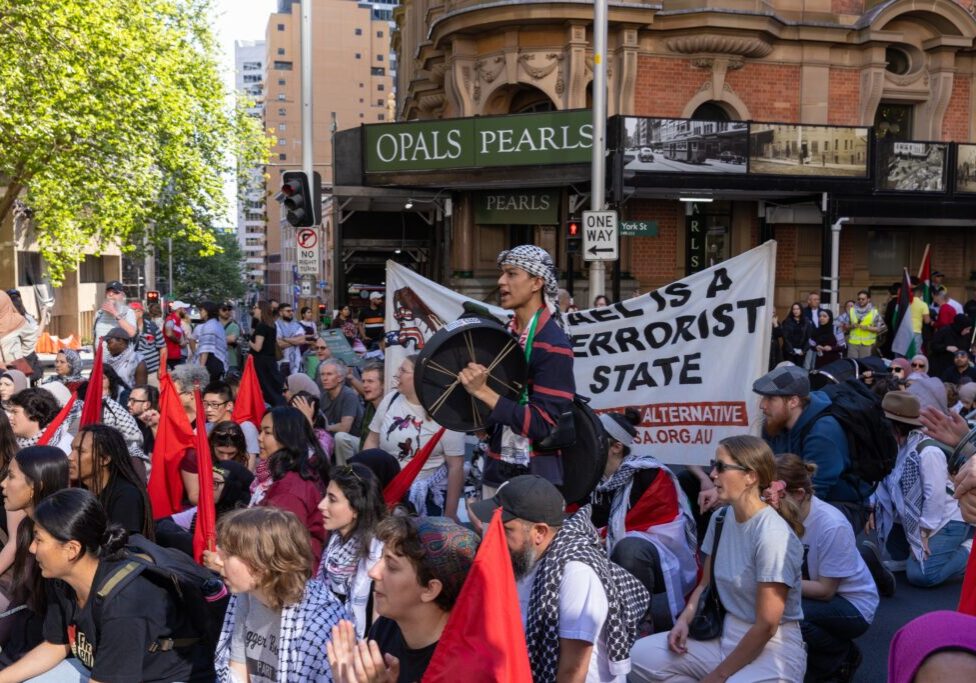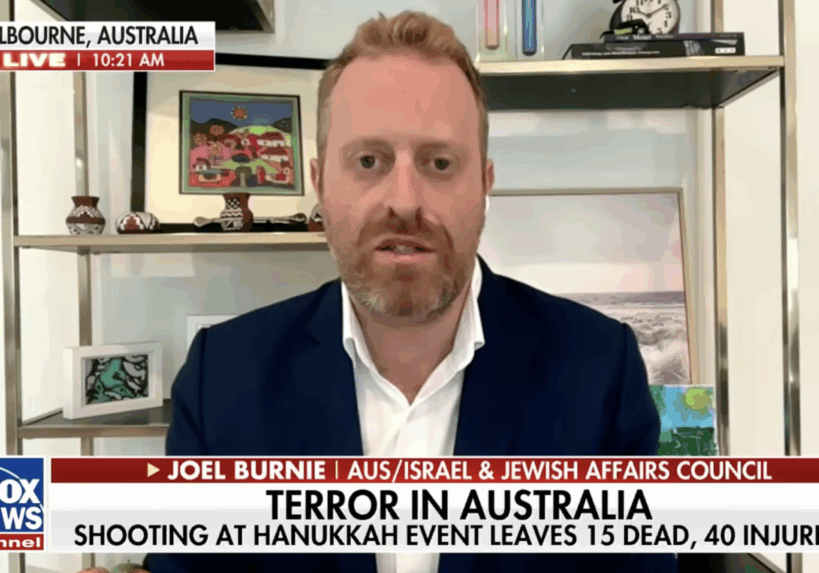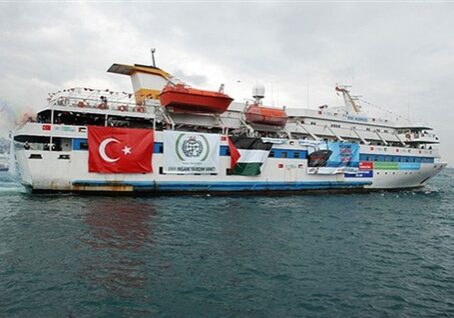Australia/Israel Review, Featured
Truce or Consequences
Aug 30, 2018 | Yossi Kuperwasser

In economics, one way to know the priorities of an economic player is through what are called “revealed preferences.” Simply look at what they do and you then know their order of priorities. Revealed preference can easily be applied in the case of Israel’s strategy in Gaza. So what are the components of Israel’s short and medium-term strategy in Gaza, a strategy popularly known as “quiet in return for quiet,” and one that reflects Israel’s interest in avoiding escalation and readiness to live with the status quo?
1. For lack of any other feasible alternative, Israel is ready to accept Hamas as the de facto ruling party in the Gaza Strip. It is not easy to legitimise this de facto reality, since Hamas is a terror entity committed to Israel’s annihilation, but Israel believes that Hamas and the terrorism that comes with it can be constrained and contained for long periods of time.
2. To restrain and contain the terror from Gaza, Israel uses a combination of tools that are supposed to keep Hamas powerful enough to enforce its will over violent elements in the Gaza Strip but, at the same time, weak and deterred from attacking Israel. Keeping this fragile equilibrium for a long time is tricky and from time to time, Israel has to utilise more tools to deal with deviations from this delicate balance. The toolkit includes a wide variety of military capabilities and operations, the security blockade, occasional economic pressure, and cooperation with Egypt and other Arab and international players.
3. Israel is interested in improving the wellbeing of the Gazan population and for that purpose it is willing to encourage and facilitate foreign and Arab investment in the Gaza economy, on top of facilitating humanitarian aid for the residents of Gaza. In spite of the difficult context, Israel is constantly contemplating methods to help Gazans in order to improve their quality of life. Israel is also in favour of improving the ability of Gazans to enter and leave the Strip as long as this does not endanger Israel’s security, and is even ready to consider symbolic steps like letting commodities into Gaza not through Israel, but through other seaports instead of Ashdod.
4. It is critical for Israel to have its policy on Gaza coordinated with and supported by Egypt, since Cairo shares with Israel the control over the Gaza borders and has a considerable impact on Israel’s ability to achieve the first two aforementioned goals. For Egypt, the major concern is the potential of radical Islamic groups in Gaza, including Hamas, to strengthen radical forces in Egypt itself, especially in the Sinai. So basically, there is a lot of overlap between the strategies of Egypt and Israel, though Egypt is determined to avoid assuming greater responsibility for Gaza as Israel would like.
5. Israel sees more advantages than disadvantages in the lasting separation between Gaza and the Palestinian Authority in the West Bank. The Israeli Government is definitely opposed to the idea that Israel should bring Fatah back to Gaza. That being said, Israel would not take steps to place obstacles in front of a potential Palestinian reconciliation. It simply believes reconciliation is not going to happen because Hamas and Fatah will refuse to concede real power to the other in their respective areas of control.
6. Israel is determined to minimise collateral damage to civilians in the Gaza Strip, both because civilian casualties contradict its values, interests and commitments to international law, and because a major component of Israel’s overall strategy is to avoid damage to its own legitimacy and image.
7. Israel wants to make sure that the conflict in Gaza, which is considered a second order risk, will not hamper its ability to focus on the first-tier challenges, such as Iran or the northern front with Lebanon and Syria.
8. As long as Hamas patrons like Turkey, Qatar and Iran are busy contending with much greater problems, Hamas does not have the leverage to change its situation without conceding something Israel wants. Hamas terror should never pay off. On the contrary, Hamas has to pay a price for any use of terror.
What are the problems with this strategy?
1. There are obvious tensions between the different components, and whenever preference is given to one, it becomes more difficult to attain another. For example, using economic pressure to weaken Hamas and convince it to give up violence for now, which worked quite well in the last round, makes improving life in Gaza less attainable and hampers the wish to avoid damage to Israel’s image.
2. The medium-term strategy collides to some extent with Israel’s long-term declared strategy of convincing the Palestinians to adopt a pro-peace stance. In other words, changing the priorities for Palestinians so that Palestinians will place improving their own living conditions above fighting to bring about Israel’s annihilation. For example, changing the nature of the United Nations Relief and Works Agency for Palestine (UNRWA) is critical for advancing a peaceful approach from the Palestinian side. If everybody accepted the obvious, simple fact that Palestinians living in a Palestinian controlled territory are not refugees and the third generation of descendants of the originally displaced people cannot be considered as refugees, it would make peace much more achievable. Yet due to its short to medium term preferences it seems that the Israeli Government prefers to avoid any move that will touch UNRWA.
3. When it comes to military options, Israel wants to keep Hamas worried about the possibility of a ground offensive that will deprive it of its crown jewel, namely its control of Gaza. But at the same time, the Israeli Government clearly has no appetite for such an operation, because it wants to avoid the casualties and to refrain from retaking Gaza. Israel repeatedly exacts a price for Hamas attacks through targeted air strikes and depriving Hamas of the ability to use terror options (rockets, naval operations, tunnels, incendiary balloons and kites). Israel is able to do all this without resorting to a ground offensive.
4. Since the 2005 disengagement, Israel has not been – and does not regard itself as – an occupying force in Gaza, whereas the Palestinians and many other international players do not accept Israel’s outlook, and Egypt refuses to assume responsibility for this territory.
To sum up, Israel does have a short to medium term strategy for Gaza, which like most other strategies contains inherent contradictions and has to be relevant in an extremely complex situation. In the last round of escalation, it proved itself once again, though employing harsher steps against the arson-kite operators and their commanders and restricting the activity at Kerem Shalom crossing earlier on could have shortened this round and forced Hamas to stop the violence early on.
However, the ongoing instability and provocation from Palestinian forces in Gaza challenge Israel’s ability to sustain this strategy. Hamas is not willing, for example, to give up its force build-up, or to avoid using human shields, and continue to keep corpses of Israeli soldiers in its possession. Its strategy is a turbulent one, one that opposes the idea of stability and prosperity, and this makes sustaining the Israeli strategy so challenging.
Brig.-Gen. (res.) Yossi Kuperwasser is an Israeli intelligence and security expert at the Jerusalem Centre for Public Affairs. Formerly, Kuperwasser served as the head of the research division in the Israel Defence Force military intelligence division and Director General of the Israel Ministry of Strategic Affairs. ©Times of Israel (www.timesofisrael.com), reprinted by permission, all rights reserved.
Tags: Egypt, Gaza, Hamas, Israel, Palestinians






